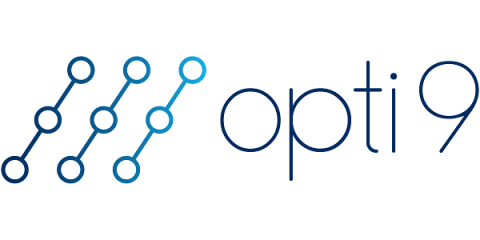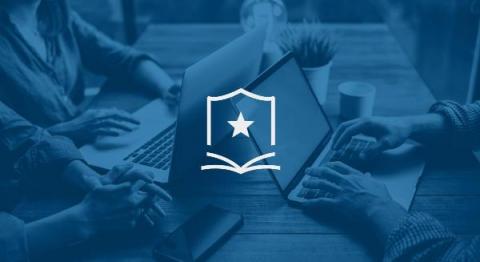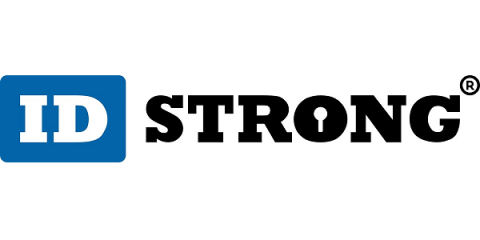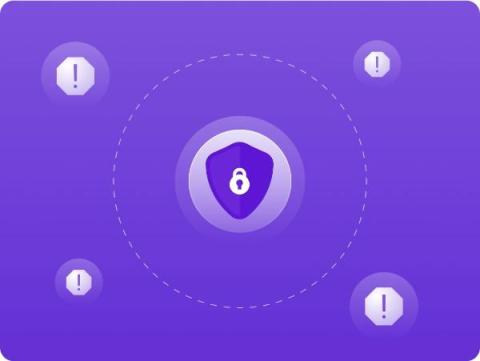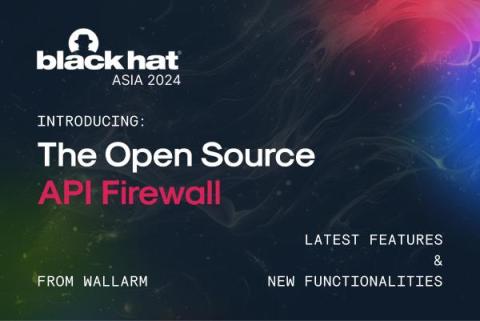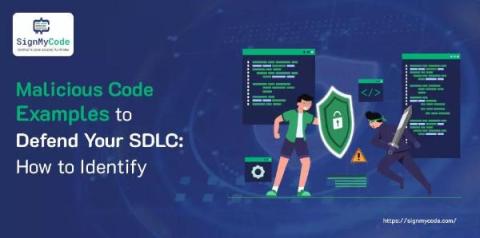Unlocking Environmental Sustainability Through Cloud Migration
Happy Earth Day from Opti9! As we celebrate mother nature and all she gives us, it’s crucial to reflect on how business operations impact the environment, specifically in terms of our IT infrastructure. The shift towards cloud computing stands out as a game-changer for eco-friendliness, making it one of the most sustainable things an organization can implement.


